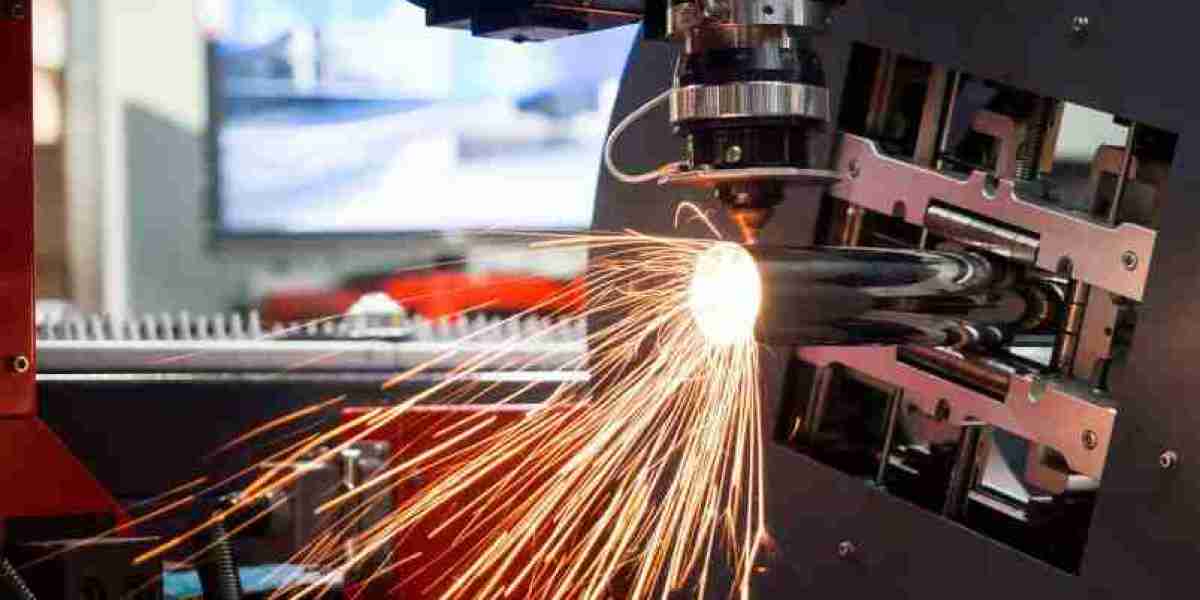Introduction
In modern manufacturing, Aluminum CNC Machining plays a crucial role in producing high-precision components across various industries. Aluminum’s unique properties, including its lightweight nature, corrosion resistance, and excellent machinability, make it an ideal material for CNC machining. In this guide, we’ll explore the benefits, applications, processes, and best practices of aluminum CNC machining to help you understand why it’s the preferred choice for high-performance parts.
What is Aluminum CNC Machining?
Aluminum CNC machining is a subtractive manufacturing process where computerized controls direct cutting tools to shape aluminum workpieces into precise components. This method is widely used in industries requiring tight tolerances, such as aerospace, automotive, medical, and electronics. The use of CNC technology ensures accuracy, repeatability, and efficiency in machining aluminum parts.
Why Choose Aluminum for CNC Machining?
1. Lightweight and High Strength
Aluminum offers an excellent strength-to-weight ratio, making it ideal for applications where reducing weight without sacrificing durability is critical.
2. Excellent Machinability
Compared to other metals, aluminum is easier to cut, drill, and shape, reducing machining time and costs while increasing tool life.
3. Corrosion Resistance
Many aluminum alloys naturally resist corrosion, especially when anodized or coated, making them suitable for harsh environments.
4. Thermal and Electrical Conductivity
Aluminum conducts heat and electricity efficiently, making it valuable in industries such as electronics and automotive manufacturing.
5. Eco-Friendly and Recyclable
Aluminum is highly recyclable, contributing to sustainable manufacturing practices and reducing environmental impact.
Common Aluminum Alloys Used in CNC Machining
Different aluminum alloys offer varying properties suitable for specific applications. Some of the most commonly used alloys in CNC machining include:
Aluminum 6061: Versatile, corrosion-resistant, and widely used for structural and aerospace applications.
Aluminum 7075: High-strength alloy ideal for aerospace and automotive components.
Aluminum 2024: Offers excellent fatigue resistance, often used in aircraft structures.
Aluminum 5052: Known for its excellent corrosion resistance, used in marine and chemical applications.
Aluminum 6063: Commonly used for architectural and extrusion applications.
Key CNC Machining Processes for Aluminum
1. CNC Milling
CNC milling uses rotating cutting tools to remove material from the aluminum workpiece, creating complex geometries and high-precision components.
2. CNC Turning
CNC turning involves rotating the aluminum workpiece while stationary cutting tools shape it into cylindrical parts such as shafts, tubes, and bushings.
3. CNC Drilling
Drilling creates precise holes in aluminum parts with high accuracy, essential for assembling mechanical components.
4. CNC Grinding
Grinding ensures smooth finishes and tight tolerances, often used for high-precision aluminum components in aerospace and medical industries.
5. CNC Tapping and Threading
These processes create internal or external threads in aluminum parts, essential for fasteners and mechanical assemblies.
Applications of Aluminum CNC Machining
Aluminum CNC machining is widely used in various industries due to its versatility. Some key applications include:
Aerospace Industry
Aluminum components are essential in aircraft structures, landing gear, and engine parts due to their lightweight nature and strength.
Automotive Industry
Many automotive parts, such as engine blocks, transmission components, and wheels, are made using aluminum CNC machining for weight reduction and performance enhancement.
Electronics Industry
Aluminum enclosures, heat sinks, and circuit boards benefit from aluminum’s excellent thermal conductivity and machinability.
Medical Industry
Aluminum is used to manufacture surgical instruments, prosthetics, and medical device components due to its biocompatibility and corrosion resistance.
Robotics and Automation
Aluminum CNC machining plays a crucial role in producing lightweight robotic arms, frames, and structural components.
Best Practices for Aluminum CNC Machining
To achieve optimal results in Aluminum CNC Machining, consider the following best practices:
1. Choose the Right Aluminum Alloy
Selecting the appropriate aluminum alloy based on strength, machinability, and application requirements ensures superior performance.
2. Optimize Cutting Speeds and Feeds
Using the correct cutting parameters prevents tool wear, enhances surface finish, and reduces machining time.
3. Use Sharp and Coated Cutting Tools
Carbide and coated tools increase durability, reduce friction, and improve machining efficiency.
4. Implement Effective Cooling and Lubrication
Proper coolant application minimizes heat buildup, prevents material deformation, and enhances surface finish quality.
5. Design for Manufacturability
Simplifying part geometries, minimizing deep pockets, and optimizing wall thickness help reduce machining complexity and costs.
6. Leverage CNC Automation
Using automated CNC systems increases production efficiency, consistency, and accuracy in large-volume manufacturing.
The Future of Aluminum CNC Machining
With advancements in CNC technology, the future of aluminum machining is evolving towards greater automation, AI-driven optimization, and integration with Industry 4.0. These innovations will further improve precision, reduce material waste, and increase production efficiency across industries.
Conclusion
Aluminum CNC Machining is an indispensable process for producing high-precision, durable, and lightweight components. Whether in aerospace, automotive, electronics, or medical applications, aluminum’s unique properties make it the material of choice. By following best practices and leveraging advanced CNC technology, manufacturers can achieve optimal results and maintain a competitive edge in precision engineering.
If you're looking for high-quality aluminum CNC machining services, partnering with an experienced provider ensures superior performance and cost-effectiveness. Explore advanced machining solutions to elevate your manufacturing process today!




